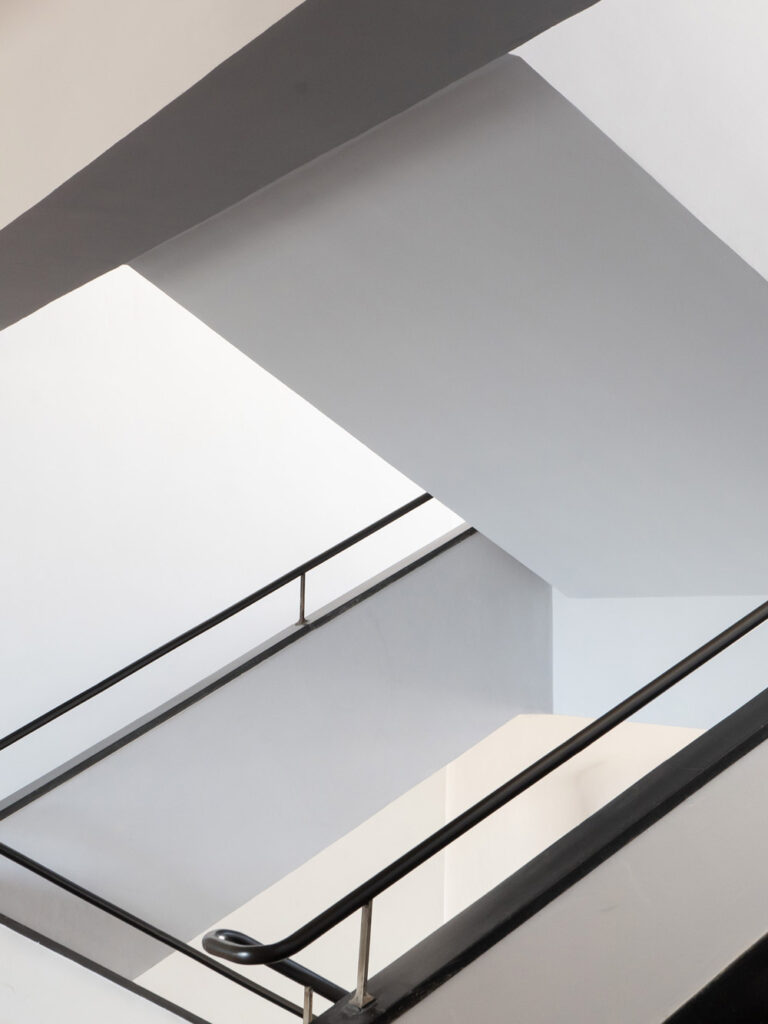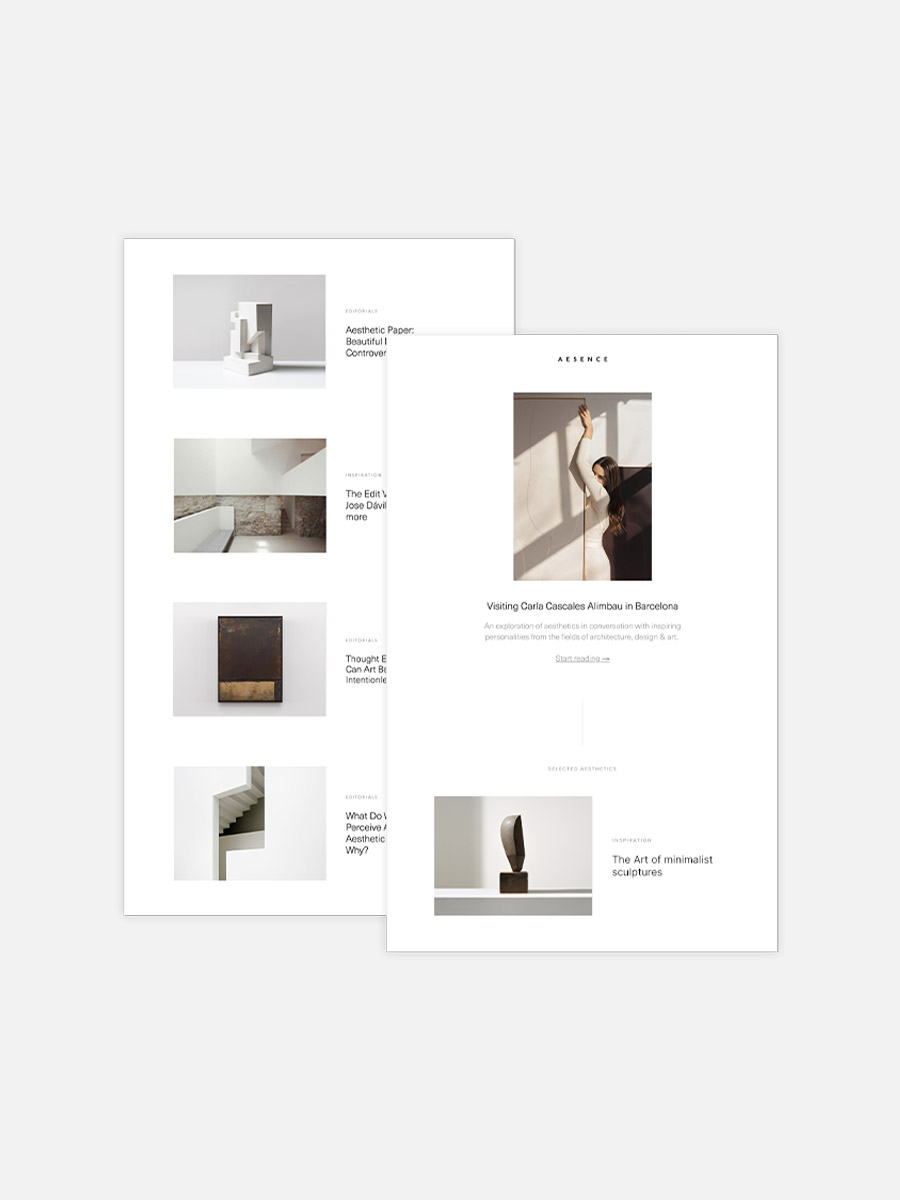The Bauhaus, founded by Walter Gropius in Weimar in 1919, was a pioneering art school that combined art and craftsmanship in an innovative way. It is regarded as the center of the avant-garde of classical modernism and has had a lasting impact on architecture, art and design with its concepts. The school’s original idea was to emancipate art from industrialization and revitalize the arts and crafts. At the same time, the Bauhaus strove for a synthesis of the arts, focusing on architecture as a “Gesamtkunstwerk”, as described in the founding manifesto of 1919.
In 1925, the Bauhaus moved from Weimar to Dessau, where the now iconic Bauhaus building was designed by Walter Gropius. The white, geometric exterior of the building contrasts with a careful color scheme inside, designed by Hinnerk Scheper. Many of the furniture and lamps, such as the famous tubular steel club chair Model B3 by Marcel Breuer or the first cantilever chairs by Mart Stam and Ludwig Mies van der Rohe, were designed at the Bauhaus and represented a perfect combination of functionality and aesthetics.


In 1932, the Bauhaus was relocated to Berlin under pressure from the National Socialists and finally closed a year later. Nevertheless, the legacy of the Bauhaus remains alive to this day. It influences modern movements in architecture, art and design and has had a particular impact on the appearance of industrial and graphic design as well as the concept of modular construction.
Today, the building in Dessau is preserved as an architectural monument and is home to the Bauhaus Dessau Foundation, which is dedicated to preserving and communicating the Bauhaus heritage. It has been restored several times, most recently in 2006, and is a central location for exploring the ideas and works of the Bauhaus. The building complex, with its functional yet aesthetic design language and interiors designed at the Bauhaus, is an impressive testimony to modernism.

